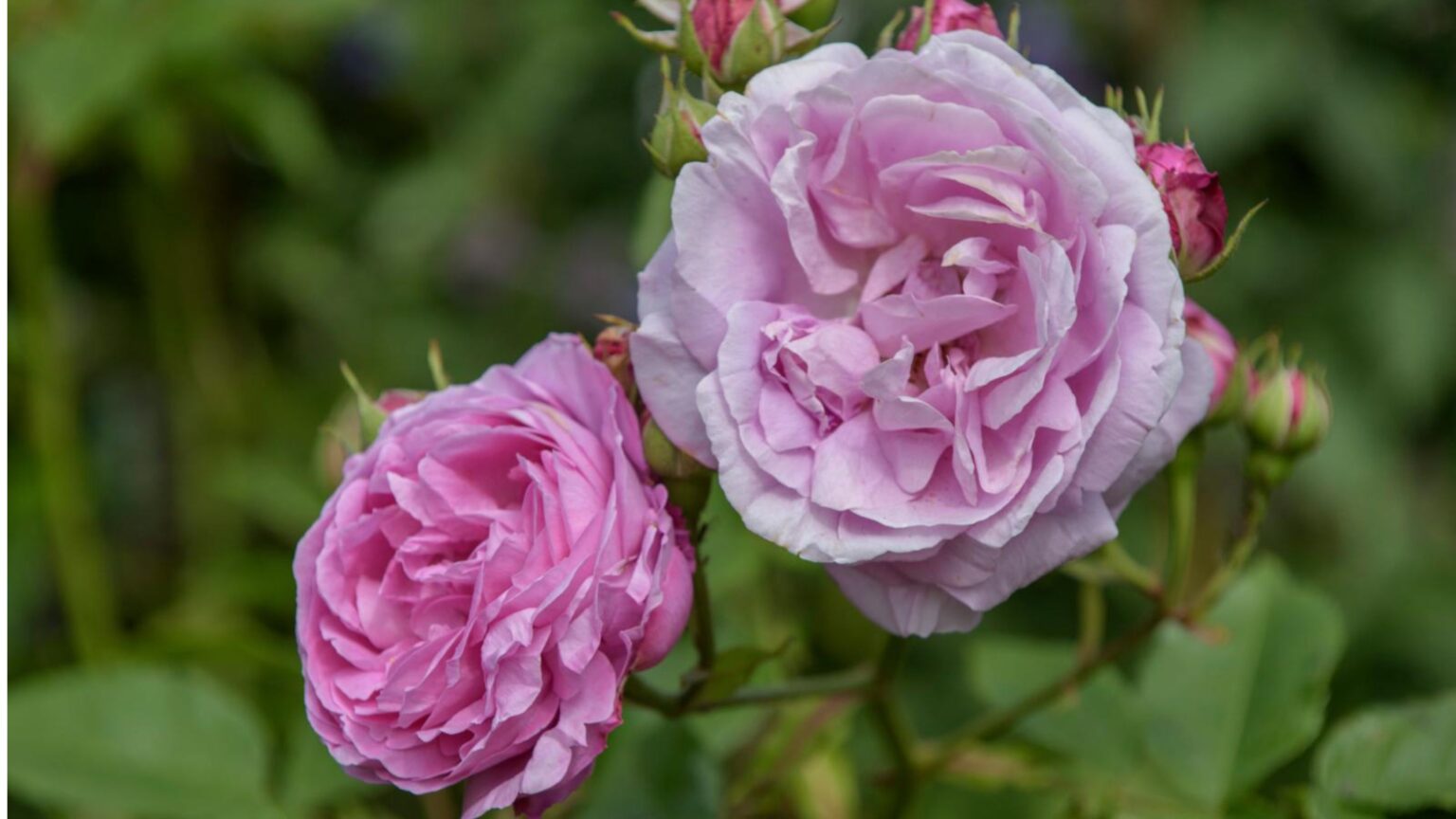Roses are a floral staple in British gardens, but if you want to enjoy these beautiful blooms this summer, you first need to know about the places you should never plant roses.
Learning how to plant roses is all well and good, but it’s just as important to know what conditions to avoid. Full shade, wet soil, and small pots are just some of the places you should never plant roses, according to gardening experts.
So that you can grow roses successfully this year, we asked the pros to share all the info about which places in the garden to avoid, plus tips on where to plant your roses instead.
1. Full shade
If you want your roses to bloom abundantly, it’s important not to plant them in full shade. Some shade can be tolerated, but ideally, you need to place them in sunnier areas of the garden. This will give them the energy they need to flower.
‘We advise not to plant roses in shady spots of your garden, as they require a minimum of four to six hours of direct sunlight during the day,’ Julian Palphramand, Head of Plants at British Garden Centres advises. ‘Don’t crowd them either, so don’t plant too close to building walls and fences, as this can restrict air flow and sunlight getting to them.’
Bright, open, and spacious spots are best for these beautiful plants, and creates less of a need to fertilise roses frequently.
2. Exposed, windy areas
Roses might make a strong visual impact, but they’re still fairly delicate blooms and therefore won’t fare well in really windy areas.
‘Strong winds can cause the base of the rose to loosen in the soil,’ Liam Beddall, Senior Rose Consultant at David Austin Roses explains. ‘This will result in your rose rocking in the wind which will lead to it growing at an angle, and in extreme cases could even kill it.’
Ideally, you want to plant your roses in a sweet spot that’s not too windy or too shaded. If you do find that your roses are being unsettled by the wind, make sure you press the soil firmly around the base of the stem. ‘In some cases, a stake may be necessary,’ Liam adds. You can pick up a plant support on Amazon.
3. Close to other plants
As tempting as it is to plant roses amidst other plants in a garden border, the flowers will be more likely to bloom if you minimise their competition. Rose bushes and plants are traditionally planted in their own area, which is a big part of why they flower so abundantly.
‘The closer you plant your rose to other plants, the more competition there is for moisture and sunlight,’ Liam clarifies. ‘For best results, plant your rose three feet (one metre) away from other plants and two feet (60cm) from other roses.’
4. Wet, heavy soil
‘Roses should not be planted into wet, heavy soil that is poorly drained,’ Morris Hankinson, Director at Hopes Grove Nurseries. ‘Their roots do not like to sit in wet soil as this will cause root rot and fungal diseases.’
Waterlogged soil is a no-go for roses, which is also why it’s important to know what to do with roses after heavy rain. Given that wet weather is a pretty consistent issue for British gardens, add a layer of mulch or leaf matter to your soil before you plant the roses. This will help soak up excess water and prevent waterlogging.
5. Small pots
Growing potted roses is perfectly doable, but the gardening experts emphasise the need to use pots that are spacious enough for the roots to grow freely.
‘Small pots for full size roses will not work,’ Morris says. ‘The roots will soon grow and become root bound, and then the plant will require a great deal of water and nutrients to keep going. Choose a large container if growing in a pot, unless it’s a miniature rose variety.’
What you’ll need
OAHAO
4 Pack Plant Support Stakes
YouGarden
Strulch Mulch Straw (2x 9kg bags)
Muddy Hands
Copper Wooden Barrel-Effect Plant Pot (25.8 Litre)
FAQs
Do roses grow better in pots or in the ground?
‘Roses in general do grow better in the ground, especially for long term growth,’ Morris summarises. ‘That being said, there are plenty of roses that will grow in a pot – just choose compact or miniature varieties.’
Potted roses are actually one of the best low-maintenance plants for pots, and they make an ideal addition to patios and balconies. It’s just important to pick the variety, as Morris says. These include dwarf varieties, smaller floribundas, and compact floribundas.
But there are plenty more varieties of roses that thrive in the ground, including groundcover and shrub roses. These will do especially well if you avoid the places you should never plant roses.
Which is the best month to plant roses?
Knowing when to plant roses is the other key part of a successful bloom. According to the pros, the best month to plant your roses depends on the variety you’re planning on growing.
‘Bare root roses can be planted from November to April, whereas potted roses can be planted all year round,’ Liam from David Austin Roses says. ‘Make sure to avoid planting roses when the ground is frozen, waterlogged or during a drought.’
Knowing the places you should never plant roses will make the world of difference to how these flowers fare in your garden. Finding the perfect spot will definitely be worth it.
Read the full article here

